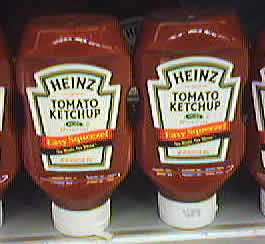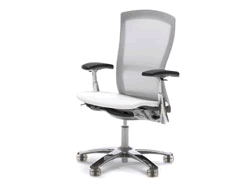I’m home today suffering the apex of a head cold and thinking, ‘This would be a great design challenge, curing the common cold.‘ I’m way out of my area here, but it’ll make me feel better to look at the problem.
In What causes the common cold? HowStuffWorks tells us, ‘There are many different viruses that can cause cold symptoms, but about half of the time a cold is caused by a class of viruses called rhinoviruses.‘ In their article on the immune system they say, ‘Many diseases cannot be cured by vaccines…. The common cold and Influenza are two good examples. These diseases either mutate so quickly or have so many different strains in the wild that it is impossible to inject all of them into your body.‘
The trick in battling the cold virus seems to be quickly detecting and vaccinating it. The mutating virus problem is a tricky one, and the plethora of strains makes having the right vaccination on hand difficult. But what if we went for an 80/20 solution, something that allowed us to detect and vaccinate just the more common strains, say just the rhinoviruses.
Let’s look at the patient’s experience. Here’s how my cold progressed:
- Sunday I felt an annoying discomfort in my throat.
- Monday I had a full-on sore throat
- Tuesday brought a runny nose and sneezing, to the dismay of my co-workers.
- Today, Wednesday, my head feels like it’s in a vise.
Now I’ll go into pure exploration mode. What if, on Sunday, I swab my nose with a special strip that performed a litmus test just for the rhinoviruses. If the test is positive, I go to the pharmacy and the pharmacist slips the strip into a machine that reads the strip, telling the pharmacist which vaccine to dispense.
Or, let’s say the vaccinations were still too varied for a pharmacist to have on hand. A positive test might enable medical associations to dictate specific recommendations to help your immune system fight the virus (zinc, rest, fluids, etc.). This litmus test plus the official recommendation could be recognized by employers, so one proactive day of rest would cure a cold instead of decreased productivity as the cold approaches plus a day off.





